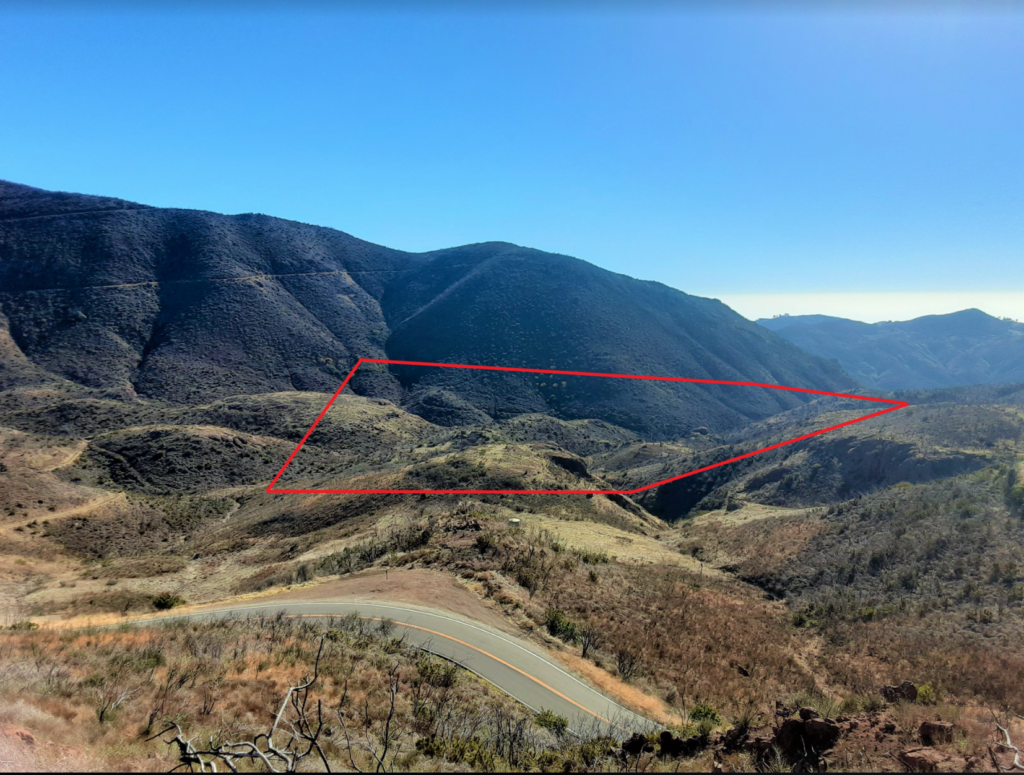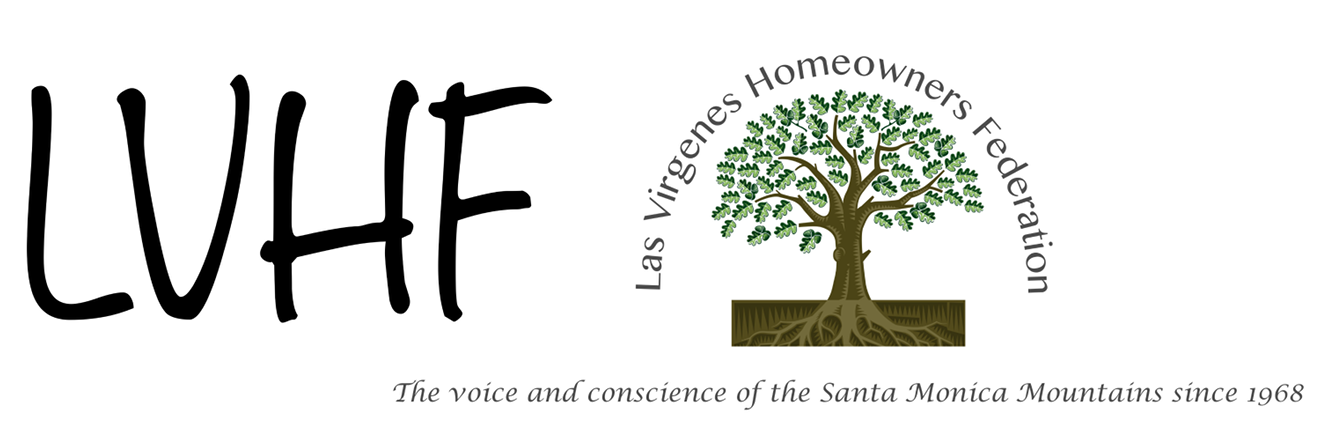
National Park Service News Release Date: August 16, 2022
Contact: Ana Beatriz Cholo, THOUSAND OAKS, Calif. – The National Park Service (NPS) has acquired 45 acres of land that abuts the Backbone Trail and is a critical portion of its viewshed in the Circle X Ranch area of the Santa Monica Mountains.
The land includes a cluster of four former privately-owned parcels and was purchased using funds from the Land and Water Conservation Fund (LWCF).
“Many may not be aware that the National Park Service still acquires new parkland for conservation and recreation,” said Justin Yee, an outdoor recreation planner for Santa Monica Mountains National Recreation Area. “We like to believe that visitors hiking in the Western Santa Monica Mountains would appreciate knowing that a particular section of land was preserved in a pristine and undisturbed state unspoiled by development for their enjoyment.”
The land contains the confluence of three drainages and their steep, upland slopes including chaparral and rocky outcrop habitat. It is part of the viewshed from the Triunfo Pass section of the Backbone Trail and from the Sandstone Peak Trail.
The Land and Water Conservation Fund was permanently authorized in August 2020 by the Great American Outdoors Act. Funds are used to acquire lands, waters, and interests therein necessary to achieve the natural, cultural, wildlife, and recreation management objectives of the NPS.
Although the LWCF is relied upon for many federal land acquisitions, philanthropic and non-profit organizations are important partners in ongoing efforts to protect land for future generations.
Santa Monica Mountains National Recreation Area (SMMNRA) is the largest urban national park in the country, encompassing more than 150,000 acres of mountains and coastline in Ventura and Los Angeles counties. A unit of the National Park Service, it comprises a seamless network of local, state and federal parks interwoven with private lands and communities. As one of only five Mediterranean ecosystems in the world, SMMNRA preserves the rich biological diversity of more than 450 animal species and 26 distinct plant communities. For more information, visit www.nps.gov/samo.

